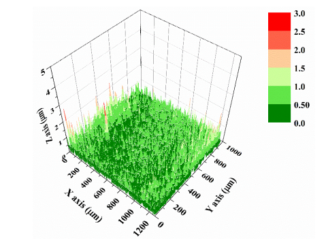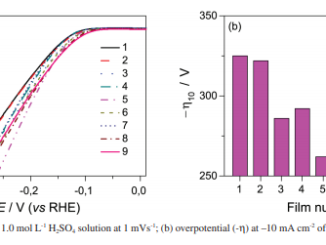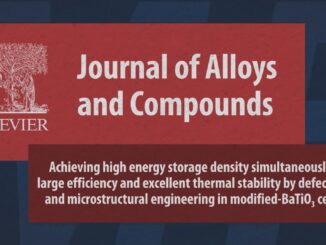
Production of bovine hydroxyapatite nanoparticles as a promising biomaterial via mechanochemical and sonochemical methods
Abstract: This study aimed to evaluate the effectiveness of sonochemical and milling nanoparticulate techniques using HA of bovine origin. The starting powders were characterized using X-ray diffraction (XRD), Fourier transform infrared (FTIR) spectroscopy, scanning electron microscopy (SEM), energy-dispersive spectroscopy (EDX), and transmission electron microscopy (TEM) (75 μm). Sonication was performed with 40% of the maximum amplitude (750 W) and 20 Hz in an aqueous solution (4 h). The milling technique used a polyethylene jug loaded with 40 vol% milling elements placed in a rotatory mill (104 rpm, 48 h), then in a vibratory mill (72 h). The results revealed that the final average grain size of HA was 40 nm for the milling technique and 60 nm for the sonication (TEM). FTIR analysis showed a broad band at 1300–500 cm−1, and similar peaks without HA bond degradation, regardless of the two forms of HA nanoparticles. XRD analysis showed peaks equivalent to those of synthetic and animal HA. In addition, the equivalence between the method peaks demonstrated non-degradation of structural. The same chemical characteristics between groups were also observed in the EDX samples. We concluded that both methods were able to decrease the size of particles preserving the crystal structure, but the milling method produced smaller particles.
Author(s): Ferrairo, B. M.; Mosquim, V.; de Azevedo-Silva, L. J.; Pires, L. A.; Padovini, D. S. S.; Magdalena, A. G.; Fortulan, C. A.; Lisboa-Filho, P. N.; Rubo, J. H.; Borges, A. F. S.
Materials Chemistry and Physics
Published: 1 February 2023, Volume 295, 127046
DOI: https://doi.org/10.1016/j.matchemphys.2022.127046
CDMF
The CDMF, hosted at the Federal University of São Carlos (UFSCar), is one of the Research, Innovation and Dissemination Centers (RIDC) supported by the São Paulo State Research Support Foundation (Fapesp), and also receives investment from the National Council Scientific and Technological Development (CNPq), from the National Institute of Science and Technology of Materials in Nanotechnology (INCTMN).




